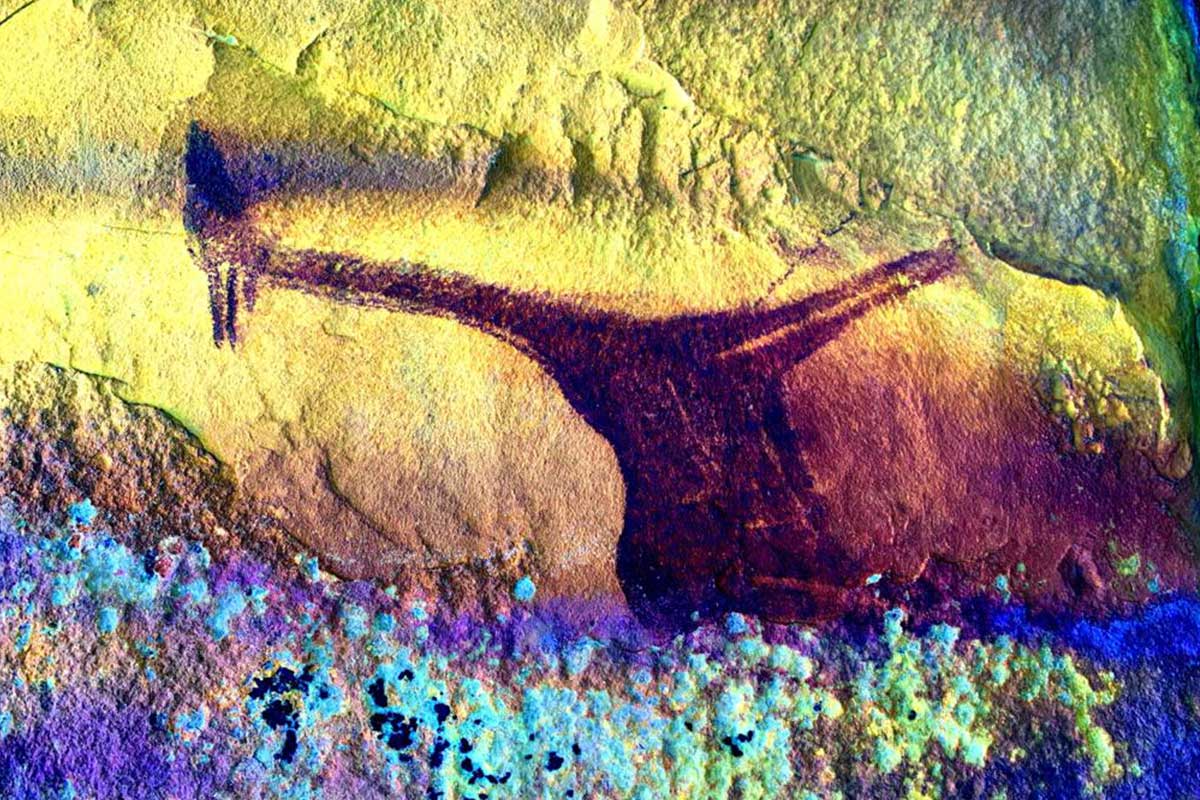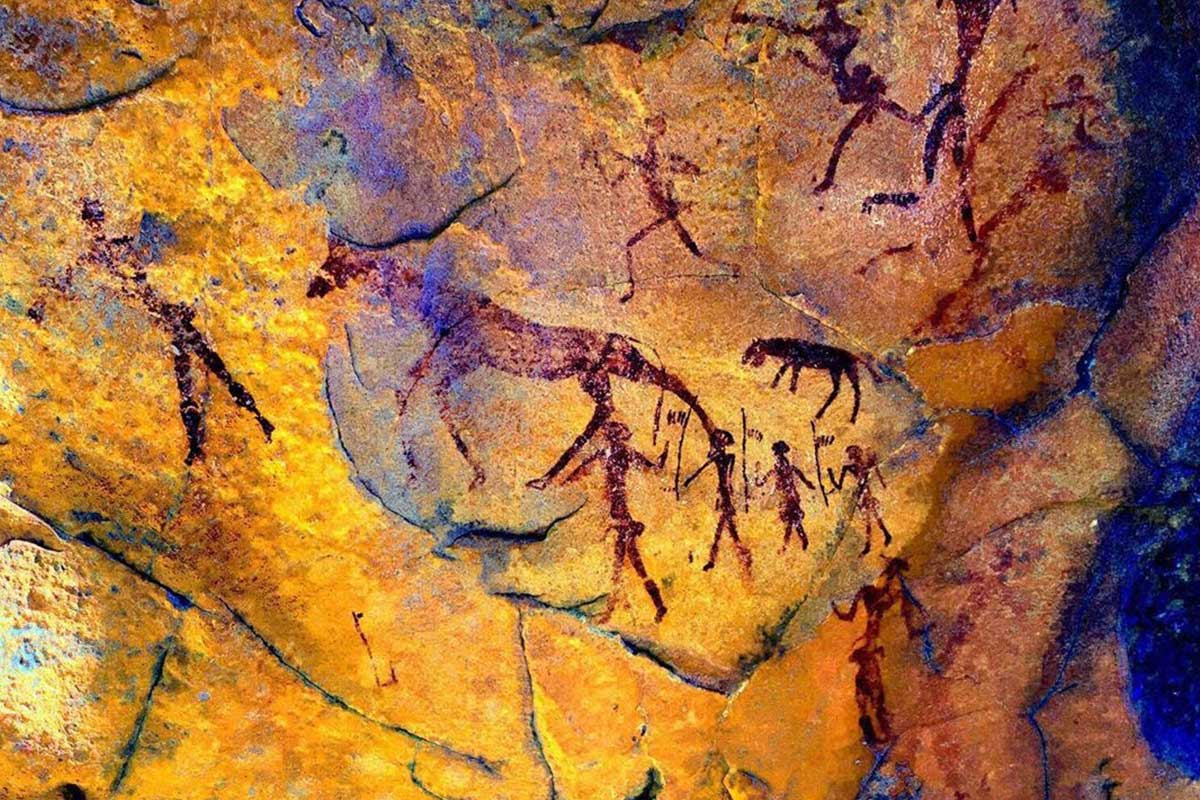Rock Art & Archaeological Heritage
Zimbabwe is home to 15,000 rock art and engraving sites, of which many are unique to the country with few examples found in the rest of Southern Africa. Although carbon dating has not been performed on the rock art found on the Malilangwe Reserve it is known that sandstone rock art has a lifespan of approximately 6,000 years. With this known fact, it is believed that the rock art on Malilangwe would be 700 to 2,000 years old. We have discovered 121 individual rock art sites on the Reserve.
The rock paintings of Malilangwe are largely monochrome red, primarily due to the availability of red pigments in the area. The paint was made by grinding red oxide into a powder and mixing it with a binding agent such as blood or egg white. The motifs were then painted onto the rocks using brushes made from animal hair, sticks, or feathers.
There are three types of rock art on Malilangwe: Iron age art, herder art, and San rock art. Experts believe that the images portrayed in much of the San rock art are symbolic rather than being a literal record of events. At Malilangwe as many characteristics are either rare or have not previously been recorded have been discovered. The Trust continues to focus on recording and understanding these priceless archaeological treasures, which so fittingly provide an account of the ancient cultural heritage of the area.









